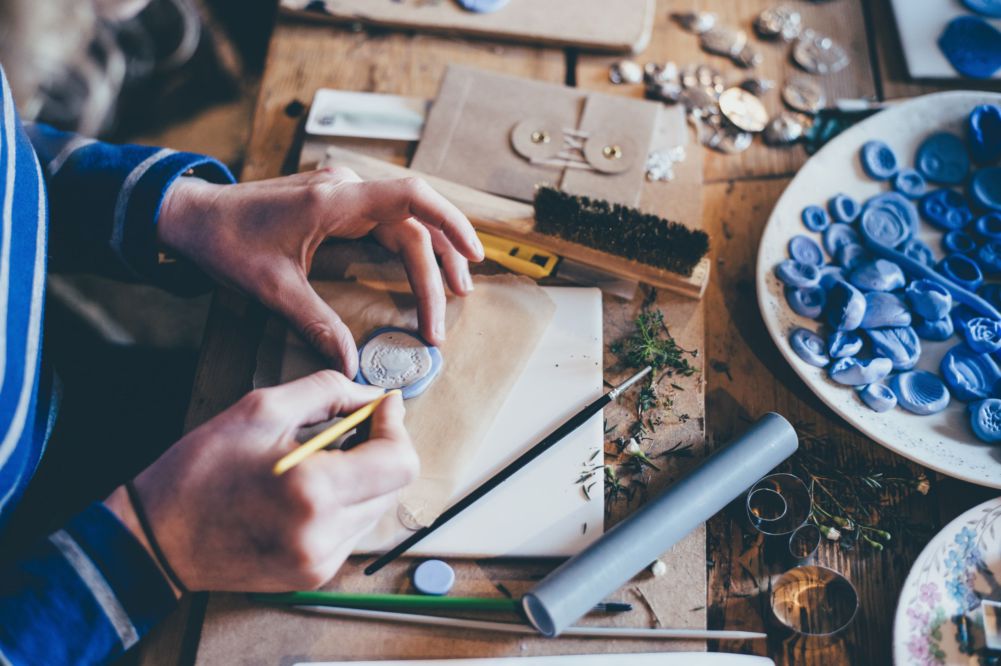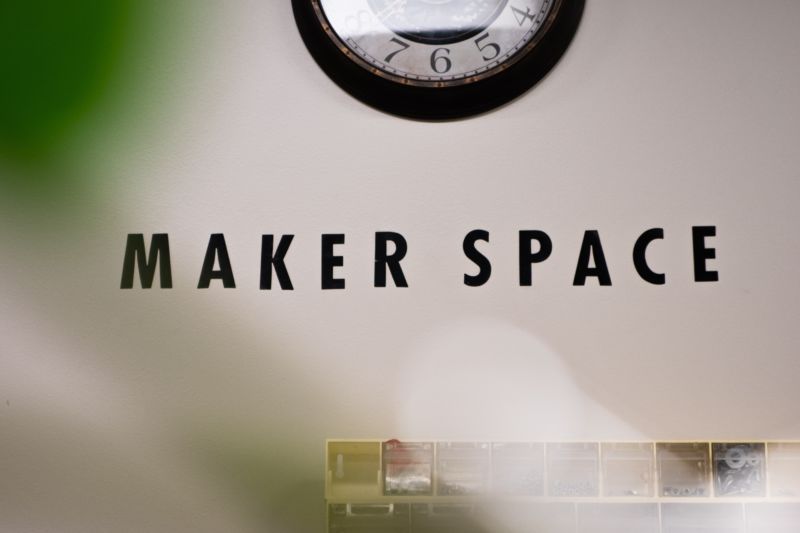
By Tim Betz, Morgan Log House (Towamencin, PA )and Kutztown University of Pennsylvania (Kutztown, PA)
Museums and historic sites have long used making and hands-on demonstrations: who can forget making a dipped candle at their local historic site as a child? But what if making were a form of community building and a powerful tool for encountering the past? I am the author of Makerspaces in Museums: Hands-on History at Museums and Historic Sites, an upcoming AASLH book that is a call to bring the ethos of the makerspace and the maker movement into museums and historic sites, using the principles that make the maker movement great to modernize living history interpretation and create meaningful experiences for a diverse range of visitors.
The maker movement is an important part of STEM-centered education for schools and libraries and provides a place to learn about the world through coding, robotics, and engineering projects. This book will address the current maker movement and share a call for expanding it, illustrating that the maker movement is a natural partner with already existing aspects of the history museum world, such as living history and workshop programming. While learning and engaging with historic processes through the language of the makerspace, museum-goers can learn about the past in compelling, interactive, and personal ways. Through the language, pedagogy, and experiences of the maker movement, this book calls for a modernization and dynamization of living history, seeking to create a living history experience that is dynamic, interactive, and inclusive. Museums and historic sites can apply the spirit of the maker movement to long-held processes and ideas to revitalize and invigorate them for the present day.

The Makerspace and the Museum: Hands-On History in Museums and Historic Sites will guide the reader through the creation of a history-centered makerspace at their museum or historic site. The book will provide methodologies for researching and experimenting with historic processes of making. It will also highlight strategies for making the makerspace an inclusive place for all members of the museum community.
In order to present a more comprehensive and dynamic look at the ways making is used in museums and historic sites, I need your help! I have compiled a survey that will ask questions about making and hands-on practices at your site, and will also ask if you would like to talk further. Any help is greatly appreciated and will definitely help flesh out an idea of what hands-on practices look like in our current museum community. The survey can be taken here: https://tinyurl.com/historymakerspace
Some notes on makerspaces:
- While Makerspaces in Museums is a call to bring the maker movement into historic organizations and interpretation, for the sake of this survey I am interested in making and hands-on activities in general (you do not have to have your own makerspace to respond!).
- For the sake of this book, I am defining a makerspace as a place where people can interact together to make and to learn. It is an essential part of a makerspace that the making itself is communal and hands-on. Watching someone do something is not a makerspace: it is a demonstration.
- While modern day makerspaces rely on learning practical STEM related skills like coding, a historic makerspace uses historic technology to teach about the past. It also can be a form of STEM learning (technology of the past is, after all, technology!)
Take the survey here.



